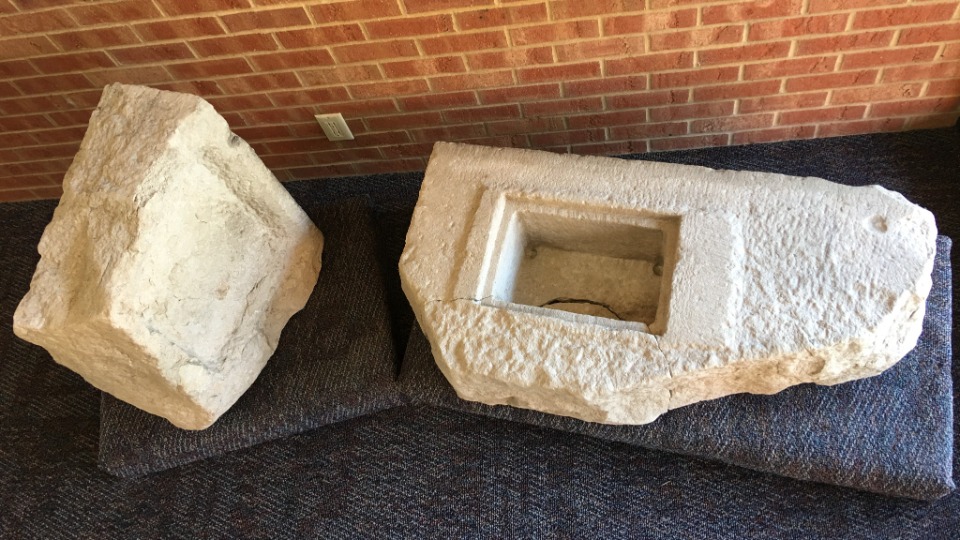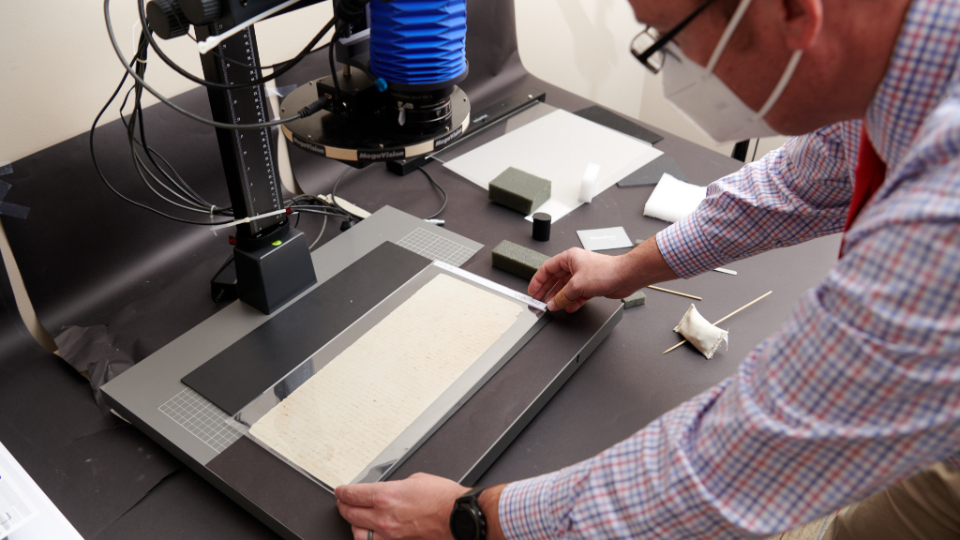-
- FirstPresidency.chn_ja_2047.jpg
- FirstPresidency.chn_ja_1669.jpg
- FirstPresidency.chn_ja_0561.jpg
- FirstPresidency.chn_ja_0621.jpg
- FirstPresidency.chn_ja_1786.jpg
- 20220119_153014_LNilsson_DSC_7153.jpg
- 20220119_163028_LNilsson_DSC_7250.jpg
- 20220119_153607_LNilsson_DSC_7220.jpg
- 20220119_164747_LNilsson_DSC_7360.jpg
- 20220119_152727_LNilsson_DSC_7068.jpg
- 20220119_153501_LNilsson_DSC_7166.jpg
- 20220119_163219_LNilsson_DSC_7329.jpg
- 20220119_163100_LNilsson_DSC_7274.jpg
- 20220119_152116_LNilsson_DSC_6856.jpg
- 20220119_152645_LNilsson_DSC_7054.jpg
- 20220119_152148_LNilsson_DSC_6874.jpg
- nauvoo-house-cornerstone.jpg
- nauvoo-house.jpg
- FirstPresidency._josephsmithpapers_chn_ja_0506.jpg
- FirstPresidency_josephsmithpapers_chn_ja_1761.jpg
- FirstPresidency.chn_ja_0287.jpg
- FirstPresidency_josephsmithpapers_chn_ja_0169.jpg
- First-Presidency_josesphsmithpapers
| Temple Square is always beautiful in the springtime. Gardeners work to prepare the ground for General Conference. © 2012 Intellectual Reserve, Inc. All rights reserved. | 1 / 2 |
Anyone interested in the Book of Mormon can now come closer than ever to being in the room with Joseph Smith as he dictated the text in 1829.
The Church Historian’s Press has released a new volume of the Joseph Smith Papers that includes color photographs and color-coded transcriptions of the Book of Mormon’s earliest manuscript. This is the first complete photographic record of what remains of the original manuscript.
The new book is called “The Joseph Smith Papers: Revelations and Translations, Volume 5: Original Manuscript of the Book of Mormon.” This is the final volume of the “Revelations and Translations” series. And it is the 23rd of 26 total volumes of the larger Joseph Smith Papers Project, which will be complete in the spring of 2023.
Visit josephsmithpapers.org to purchase a copy of the book. The content — images, transcriptions, introductions and reference material — will be freely available on the website in 18 months.
President Nelson’s Message of Appreciation
On the afternoon of Tuesday, January 25, 2022, in the Church Administration Building on Temple Square, President Russell M. Nelson thanked those who helped make this volume possible. This includes co-editors Royal Skousen and Robin Scott Jensen, as well as Gail Miller, her late husband Larry H. Miller and her current husband, Kim Wilson, for helping finance the Joseph Smith Papers Project.
While each volume of the Joseph Smith Papers Project “is of great significance,” President Nelson said, the books in the “Revelations and Translations” series are unique. “These revelations and translations were at the heart of Joseph Smith’s prophetic mission. These texts are vital to the Restoration of the gospel.”
Volume 5, the prophet said, “touches my heart deeply. From it, I more fully appreciate the gift and power of God that enabled Joseph Smith to translate it.”
President Nelson said the original manuscript of the Book of Mormon is one of the most significant and sacred artifacts that the Church possesses.
“Church historians have taken great care — over more than a century — to gather even the most miniscule fragments of manuscript and preserved them from further damage,” he explained. “With this new volume now available, anyone can see what remains of that manuscript and how each little piece fits into the whole. To me, it is inspiring to know that these pages with images of the original Book of Mormon text are now available to all. It is a deeply moving experience to look at these pages and see God’s hand moving His work forward.”
“On behalf of the leadership of the Church and its many members,” President Nelson concluded, “I express our heartiest congratulations and heartfelt gratitude for this newest addition to the Joseph Smith Papers Project.”

FirstPresidency.chn_ja_1786.jpg
President Russell M. Nelson of The Church of Jesus Christ of Latter-day Saints greets Royal Skousen, co-editor of “The Joseph Smith Papers: Revelations and Translations, Volume 5: Original Manuscript of the Book of Mormon,” in the Church Administration Building in Salt Lake City on Tuesday, January 25, 2022.Gail said their family’s involvement with the Joseph Smith Papers came about “through pure inspiration and listening to that inspiration and acting on it.”
After Larry’s death in 2009, Gail said there was some concern whether they would continue to support the project. The United States was in a recession. Finances were tight. They needed to be wise with their resources. Her son, Greg, was running their business. “He said, ‘I need to cut back. I need to cut back inventory, I need to cut back people, I need to cut back expenses.’ And I said to him, I think you’re right. But the one thing that we cannot stop doing is giving. And we continued to support the Joseph Smith Papers Project.”
“I know this is a divine work,” she continued. “I know that it is an important — almost critical — work for the Church, for people to go to the work of the Joseph Smith Papers and get the truth. The man’s history speaks for itself. It is the foundation of this Church. We worship God the Father and Jesus Christ. Joseph Smith fortifies that. He knew what he was about. He knew he was being tutored from on high. And through this work the world will know.”
Skousen said this new volume may be the landmark volume of the Joseph Smith Papers.
“[This new book] provides the best possible view we have, however indirect, of Joseph Smith the seer translating the Book of Mormon,” Skousen said. “This manuscript provides important support for what the witnesses of the translation claimed: that Joseph dictated, word for word, an English language text that appeared in his translation instrument. And that when necessary, he could spell out the names. This was indeed a marvelous work and a wonder.”
Jensen said reading the original Book of Mormon manuscript is like perusing the original writings of the Gospels or Paul’s letters — but with a major difference.
“There is no surviving first-version copy” of those biblical texts, he said. “We usually have second-, third- [or] fourth-generation copies. There’s no dictated version. With the original manuscript of the Book of Mormon, we have the artifact that lay on the table and was being written upon by Oliver Cowdery or John Whitmer [or others, as Joseph dictated the text]. This is the document that is the closest to that miraculous experience as possible. This manuscript is the product of that divine translation.”
The Manuscript’s History
The original Book of Mormon manuscript (of which only 28% survives) is one of the most important and sacred artifacts in the possession of the Church of Jesus Christ. It was produced by Oliver Cowdery and a few other scribes as Joseph Smith dictated the translation by the gift and power of God between April and June 1829.
The manuscript remained in Joseph Smith’s possession until 1841, when Latter-day Saints in Nauvoo, Illinois, began building a temple (for worship) and the Nauvoo House (to entertain strangers). Joseph placed the original manuscript in the Nauvoo House cornerstone.
Though the early Saints thought this would preserve the manuscript, the opposite happened. Over time, the documents became badly faded, obscured or otherwise damaged.
“To be fair to them, they sealed the cornerstone and poured molten lead around the seams, so they felt that it was a preservation,” Jensen said. “However, that didn’t work. … If I had a time machine, I would go back and say, ‘Joseph, maybe don’t do that.’”

When the manuscript was extracted 40 years later by Lewis Bidamon (the second husband of Joseph’s wife, Emma), the documents had deteriorated substantially. Water had seeped into the hollowed-out cavity of the stone. And Bidamon gave away fragments of the manuscript to several visitors to Nauvoo as the years passed.
Of the nearly 500 pages placed in the Nauvoo House cornerstone, portions of 232 pages survive. The Church now possesses most of those fragments and leaves. Others are in private hands. Their owners graciously allowed those pieces to be photographed and included in this volume.
“[The journey the manuscript has taken is] quite an odyssey,” said Church History Department Director of Publications Matthew McBride. “The manuscript was scattered. And now we’ve been trying to do the work to gather it, just to bring it all back together and make it whole again. That’s what you’ll see as you inspect what we’ve done with the book.”
Multispectral Imaging
Over the years, the Church has produced several sets of photographs of the manuscript. In 1958, the Church photographed the manuscript in black and white before it was conserved and before the manuscript had further deteriorated. In 2017, the Church History Department used multispectral imaging (MSI) to better capture the faded text on the fragments. MSI does this by using ultraviolet, infrared and visible light.

20220119_164747_LNilsson_DSC_7360.jpg
Robin Scott Jensen, co-editor of a new volume of the Joseph Smith Papers that focuses on the original manuscript of the Book of Mormon, holds a page from the original manuscript in the Church History Library in Salt Lake City on January 19, 2022, under a machine that does multispectral imaging (MSI). In 2017, the Church History Department used MSI to better capture the faded text on the manuscript fragments. MSI does this by using ultraviolet, infrared and visible light.2022 by Intellectual Reserve, Inc. All rights reserved.With volume 5, Jensen said, readers can “access the manuscript better than if you would access the original manuscript.” This is because the ink on some of those pages is invisible to the naked eye. “These images are a real asset to this volume.”
For some of the pages, Jensen noted, the earlier black and white image is better than the MSI version. An appendix offers both versions of each image.
Transcriptions
The transcripts and annotation in volume 5 rely upon years of work by Skousen as part of the Book of Mormon Critical Text Project. This volume reproduces the original text based on analysis of the manuscript in its present state and multispectral images and historical photographs. The transcript preserves all corrections and revisions, line and page breaks, and the locations of interlinear insertions. Because several scribes penned revisions in this manuscript, the handwriting of each is rendered in a different color to facilitate analysis. The comprehensive and careful presentation gives researchers unparalleled access to the text.
Jensen and Skousen both said the text of the original manuscript of the Book of Mormon does not read exactly the way a Latter-day Saint today will find it in the current Book of Mormon published by the Church of Jesus Christ. Whether it be fixing scribal errors, making grammatical corrections or stylistic changes, adding versification and chapter headings, or including other improvements, Church leaders have adjusted the text as needed.
Even so, Skousen said, today’s Book of Mormon is “pretty honest [and] faithful to what that original was. The changes that have been made have not been any really drastic ones. You know, if you look at the Doctrine and Covenants, the Book of Commandments, that transition, several of the sections were rewritten in part, and so forth. You don't have any of that in the Book of Mormon. There’s just none of that kind of editing.”
Jensen said the minor changes made to the text over time can be seen as a symbol for the Church writ large. “We’re constantly changing. We’re constantly making adjustments based on the needs of the members,” he said. “The Book of Mormon text could be read similarly.”
‘A Spiritual Treasure’
While noting the original manuscript’s obvious historical value, McBride and Jensen each said its spiritual value is unparalleled.
This new volume of the Joseph Smith Papers is the “closest experience that most people will have of being able to hold in their hands this really sacred artifact,” McBride said. “It’s meaningful to me and to other Latter-day Saints as people of faith because this is the text of the book upon which we base our faith and our testimony of Jesus Christ.”
Jensen said the manuscript is “paramount as a spiritual treasure.” Anyone who has experienced the power of the Book of Mormon’s spiritual truths, he said, “can recognize that this [manuscript] is something special.”
And for those who don’t accept the text as scripture, Skousen said it’s important to at least give Joseph credit for his high revelatory volume.
“The Book of Mormon is by far the largest revelation of Joseph Smith,” Skousen said. “The Doctrine and Covenants is not one book — it’s all these separate revelations put together. … Not even the Bible compares. The Bible isn’t a single work, either. … The Book of Mormon is this huge, huge revelation. … It’s an astounding work.”